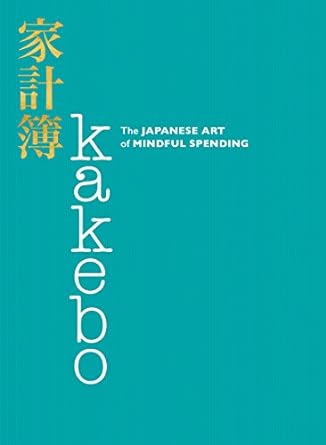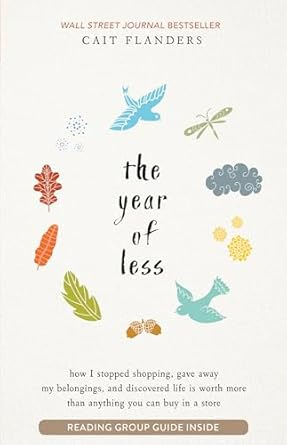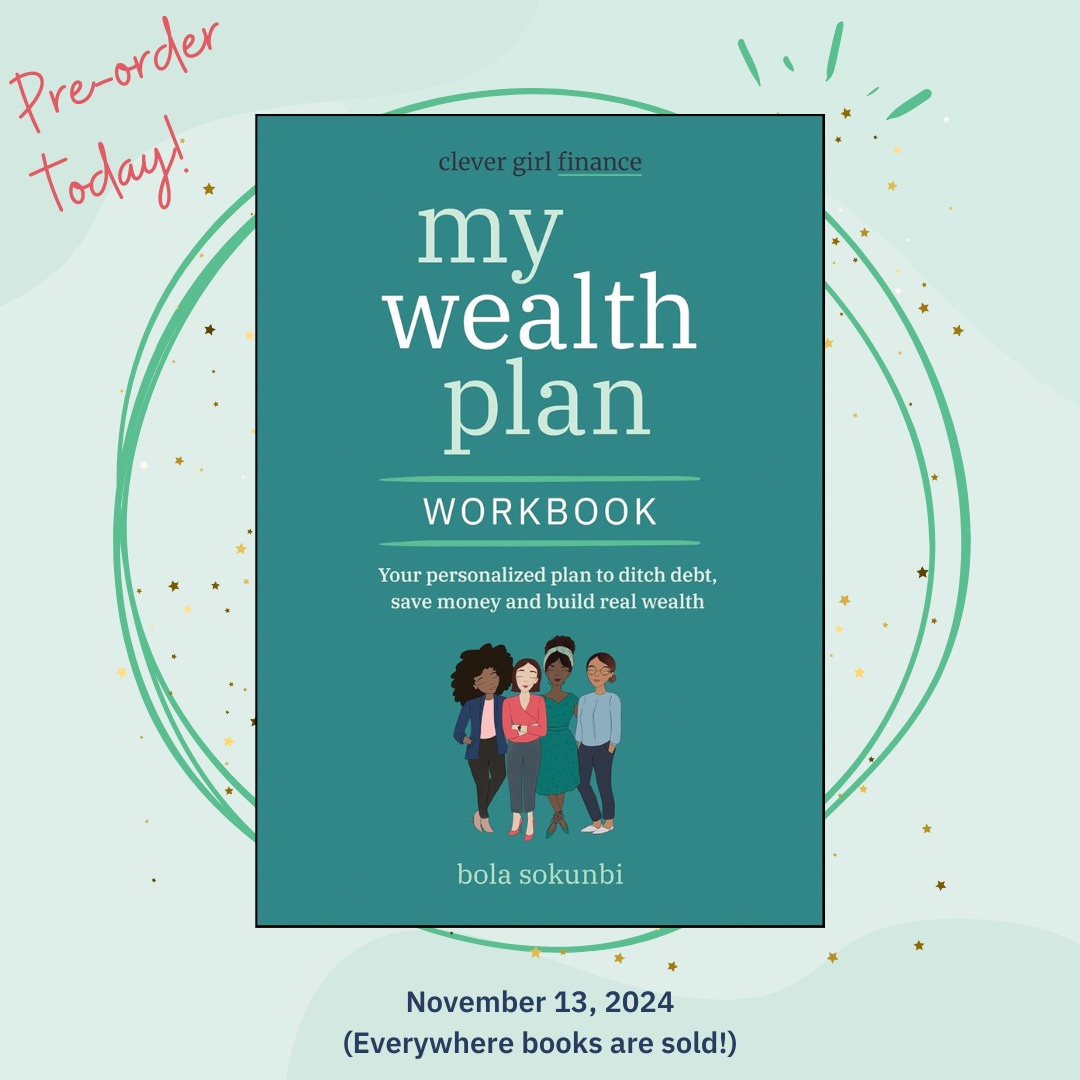Here’s what to expect in this newsletter!
(P.S. If this newsletter is cut off in your email just visit our Substack!)
📰 Interesting financial news: Stay up to date on what’s happening in the economy.
📈 What’s popping in the stock market: The 411 on trending/interesting stock market news.
📝 This week’s main topic: What this newsletter’s title is about!
🥰 Team CGF’s Amazon favs: Affordable yet helpful Amazon finds.
📰 Interesting financial news
The tax extension deadline is Oct. 15. Here’s what to do if you still can’t pay your balance. (CNBC)
Help! Americans think the economy has fallen and it can't get up. (Sherwood News)
📈 What’s popping in the stock market
Stitch Fix forecast sinks stock, as CEO says ‘there is a lot of work’ for turnaround. (Ticker Symbol: SFIX)
FedEx stock down after the logistics giant came up short of earnings expectations and revised its full-year outlook.(Ticker Symbol: FDX)
Bath & Body Works exiting S&P 500, heading to SmallCap 600. (Ticker Symbol: BBWI)
📝 Main topic: What is underconsumption core?

From loud budgeting to girl math, TikTok is constantly pushing out financial trends. Well, the latest trend is called underconsumption core!
While some of the most popular financial trends have been questionable, this latest trend seems rather beneficial.
What is the underconsumption core?
Underconsumption core is a new personal finance trend that encourages people to spend less. Videos promoting the trend include creators encouraging viewers to reuse old items in good condition, shop secondhand, and fix broken things instead of replacing them.
The word core is often used on social media to describe a shared aesthetic. For example, cottage core describes interior designs and fashion that mimic the cozy countryside lifestyle. There is also a clutter core that describes someone who is into more clutter and maximalism aesthetics.
Maya “Liu” Feldman was among the first to use the term underconsumption core in July. Her video showed off the old hair dryer she uses and clothes she’s worn since seventh grade.
Since then, many users have supported this lifestyle of using old items that are in good condition. With more encouragement on being frugal, underconsumption core has caught on fast.
The inflation and the economy are influencing social media
Saving money isn’t the only reason underconsumption core has grown in popularity. Another reason is inflation.
Last month, the inflation rate was 2.9%, a slight decrease from the 3.0% rate in June 2024. Yet consumers are feeling the burden of the higher prices of items.
Underconsumption core isn’t the only trend that has come about because of the higher cost of living. There’s also de-influencing, where social media influencers persuade you not to buy those widely popular items. That $42 foundation—you can get the same quality and color at the drugstore for $11. Those $90 body suits—there’s a better quality and more ethically made suit you can buy for less.
If you’ve been overspending because of social media or other reasons, it may be time for a change.
You can try following the underconsumption core and our tips for buying less.
9 Ways to stop buying crap stuff (lol) you don’t need
We’ve all been guilty of buying things we don’t need. I know I’ve created elaborate stories in my head about how buying fancy exercise equipment will motivate me to work out, yet my colorful weights go untouched.
Luckily, there are steps you can take to stop buying stuff you don’t need. We’ve got you!
1. Understand why you’re making unnecessary purchases
Have you ever taken a moment to consider why you are buying things you don’t need? Are you emotional spending? Do you feel bored with life, and a new item is exciting? Perhaps buying things gives you a sense of control.
Whatever the reason, it’s important to identify it. Even though it might feel uncomfortable, it’s a necessary first step.
Usually, we use obsessive shopping to replace something we are looking for in our lives. For instance, if you’re shopping because you’re bored, maybe it’s time to take up a new hobby. If you’re shopping out of stress, you can try meditation or relaxing yoga.
Remember, when you know why, you can take the next step in changing your shopping habits.
2. Challenge yourself to take inventory of what you own
You might have made some unnecessary purchases because you forgot or didn’t know you had an item. To avoid buying your fourth salad serving bowl, take inventory of your belongings. You can start by going room by room, making a list of your items, and knowing what you have perfectly leads to the next step.
3. Declutter what you no longer need
As you list what you have, note things you no longer want or need. Getting rid of what you don’t need can help you reduce stress and encourage you to buy less. Remember to declutter section by section; doing it all at once can be overwhelming.
Some of the biggest culprits of having things in excess are beauty products. Don’t be afraid to clear out that bathroom cabinet.
If you need some encouragement when it comes to decluttering, try a 30-day Minimalism challenge.
With this simple game, you declutter the number of household items corresponding to the day. For day 1, you get rid of one item; for day 4, you get rid of four items, and so on until you reach 30 days.
4. Temporarily block certain influencers
Blocking a creator may seem harsh, but temporarily suspending certain content can help you curb your spending. Consider temporarily blocking or selecting to see less of an account you feel encourages you to spend more than you want.
It can also be helpful to consider a social media detox. Allow yourself time away from the screen and see how much your habits change.
Likewise, you can unsubscribe to any emails that offer special offers and deals. I know I’ve been guilty of buying something I had no business owning simply because it was on sale.
5. Give yourself a 24-hour pause
A great way to stop impulsive purchases is to wait 24 hours. Once you encounter an enticing item, give yourself a 24-hour waiting period. Chances are you’ll forget about it. If you don’t forget, 24 hours allows you to evaluate whether you need an electric head massager or some other random product with limited use.
6. Keep a wish list of items you want
So maybe you want and could use a specific item, but now’s not the right time to make a purchase. For instance, perhaps you came across an ad for a new bike. However, winter is coming, and you know you can’t ride your bike in the snow.
Create a wish list for items that you want to buy in the future. Then, when the time is right, you can make the purchase. While your items wait for you on your list, you can start putting aside money to buy them.
The nice thing about waiting is that if you wait long enough, most items go on sale, and you can potentially save money.
7. Utilize a cash budget
All it takes is a swipe and click, and you’ve made a new purchase. To avoid making unnecessary online purchases, switch to using only cash for your expenses.
The cash envelope method is a great strategy to try. Start by disconnecting your credit or debit card from online stores. Next, decide on how much you want to spend on certain items. For instance, you can allocate $50 a month for home decor, $100 a week for groceries, and $80 for eating out.
Once you have a spending limit for your expenses, take out those amounts in cash. With a cash-only budget, you use cash to make purchases, and once that money is used, you’re done spending in that category.
Another bonus of using cash is that it makes you think about your purchases more. If you start off with $100 in cash and in three days, you only have $20 left, you’re more inclined to slow down when making purchases.
8. Check out borrowing or renting an item that’s needed instead of buying it
Say you need a drill gun to make some repairs around the house. Or perhaps you need a new serving tray for a party you’re hosting. Instead of running to Amazon, there are other ways to get items you will only use for certain occasions.
Try asking friends and family if you can borrow the item you need. If not, try renting tools from stores such as Home Depot and Lowes. You can even rent dresses and tuxedos for special occasions.
9. Set a financial goal to stay motivated
Setting financial goals is a less tangible yet helpful way to spend less. When you give yourself a purpose for your money, you’re less likely to spend it on unnecessary things.
Some financial goals include planning a trip, increasing your emergency fund, renovating a part of your home, or paying off debt.
By having your goals, you can give those impulse purchases a second thought.
—-
Controlling your spending does take some self-control, but with the right systems in place, it’s harder to give in to temptation. Whether you use one of these tips or you hop on the underconsumption core trend, we are here to support you.
If you need additional support on building a better financial foundation and changing your money mindset, check out our free course on transforming your money mindset.
🥰 Team CGF’s Amazon Favs
Need a little support when it comes to controlling your spending habits? Fortunately, you can learn from those who have overcome their shopping obsessions.
Here are some of our favorite books on changing how you spend money.
Kakebo: The Japanese Art of Mindful Spending

Sometimes, you need a more personal approach to control your spending. If so, you can try the Kakebo Journal. Structured like a diary, it allows you to track your daily expenses weekly, offering a clear view of where your money is going. Each day is categorized into four sections:
Primary needs—like food, hygiene, and childcare
Optional needs—such as shopping, cosmetics, and gifts
Culture and leisure—covering restaurants, books, and entertainment
Extra/planned expenses—including travel, repairs, tuition, and taxes
This approach allows you to spot unnecessary costs and make meaningful adjustments.
Best of all, you can start at any point in the year, marking months and days as you go without wasting a single page. The simple, vibrant graphics make it easy to categorize expenses and quickly see where you can make changes.
The Year of Less: How I Stopped Shopping, Gave Away My Belongings, and Discovered Life is Worth More Than Anything You Can Buy in a Store

In her late twenties, Cait Flanders found herself trapped in the cycle of consumerism: earn more, spend more, want more—then repeat. Despite paying off nearly $30,000 in consumer debt, she quickly fell back into her old spending habits. Realizing that none of her purchases were bringing her happiness or helping her achieve her goals, Cait decided to take on a bold challenge: she would stop shopping for an entire year.
The Year of Less chronicles Cait’s journey through twelve months in which she only bought essentials like groceries, toiletries, and gas. Beyond restricting her shopping, she took on the challenge of consuming less in all areas of her life. She discovered that the less she consumed, the more fulfilled she felt.
Cait’s story will inspire you to reflect on what you’re holding on to in your life—and may even guide you toward your own journey of less.
The Buy Nothing, Get Everything Plan: Discover the Joy of Spending Less, Sharing More, and Living Generously

In their island community, friends Liesl Clark and Rebecca Rockefeller noticed that the shores of Puget Sound were increasingly littered with plastic debris and trash, from pens and toothbrushes to toys and straws. They wondered where all this waste came from, only to realize it originated from all of us—our homes, cars, workplaces, and backyards. This sparked a movement against excess consumption.
In 2013, they launched the first Buy Nothing Project group on Facebook in their small coastal town near Seattle, never expecting it to become a global phenomenon.
Inspired by the ancient tradition of gift economies, where neighbors share resources, The Buy Nothing, Get Everything Plan offers a 7-step guide that promotes buying less, giving more, and living generously.
Packed with useful lists and suggestions, this book challenges you to reconsider your shopping habits and embrace a more sustainable, generous way of living that saves space, money, and the environment.
The Abundance of Less: A Social Experiment of Not Buying Anything New for One Year

Have you ever looked around your home and wondered, “How did I end up with so much stuff?” That clutter can be overwhelming.
In 2010, Marcy faced this realization in her home, surrounded by things she didn’t need. Her family decided it was time to break free from the consumerism cycle. Though the journey wasn’t easy, they discovered unexpected benefits—greater well-being, more meaning, and a deeper appreciation for what they already had.
Their journey sparked a movement, inspiring others to embrace simplicity, reduce mass consumption, and find happiness in less.
The Abundance of Less shares Marcy’s story, including successes and challenges, and encourages readers to rethink what they hold on to and find their path to true fulfillment.







